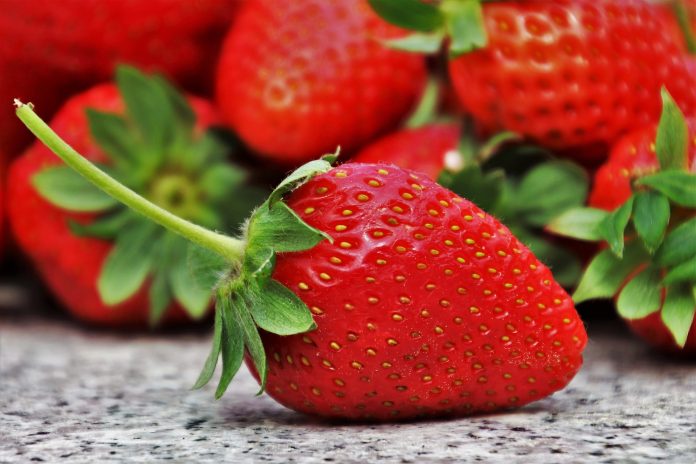Fresh Plaza, a global trade publication for the fresh produce industry, ran an article claiming climate change is harming Florida’s strawberry production. This is false. Data shows that amid modest warming, Florida’s strawberry production has increased dramatically over the past 30 years. The United States Department of Agriculture reports that Florida strawberry shipments have more than doubled since 2000.
The Fresh Plaza article, “‘Climate change will impact strawberry production in Florida,’” cites a report by the environmental lobbying group, the Environmental Defense Fund (EDF), which claims, based on computer model simulations of future weather under assumed climate conditions, that strawberry production could decline by as much as 17% in some growing counties, driving income losses of more that 10%.
Known shortcomings with computer model projections and real world strawberry production data throw doubt on EDF’s claims.
Based on computer models projections, EDF cites two primary climate changes that it claims threaten Florida’s strawberry crops: higher temperatures and worsening hurricanes. Concerning temperatures, Climate Realism has repeatedly discussed the fact that climate models do not accurately reflect temperatures. They run too hot. If model simulations don’t accurately reflect past and present temperatures, and have since their inception consistently predicted more warming than the Earth has experienced, there is no reason whatsoever to rely on their projections of future temperatures.
Nor as EDF implies, have hurricanes become more of a problem for Florida. Data demonstrates that Atlantic hurricanes have neither increased in number nor severity during the recent period of modest warming.
What about strawberries? Florida is the second largest strawberry producing state, behind only California, although it is a distant second. In 2021, Florida’s strawberry crop generated $399 million in value, accounting for 12% of the United States strawberry crop value as whole, according to the Florida Department of Agriculture and Consumer Services. Strawberries are Florida’s top berry crop.
Historically, Florida’s strawberry crop is produced between December and March, but new varieties and better growing conditions have resulted in Florida beginning to produce strawberries in November. The U.S. Department of Agriculture reports that since 2000, Florida’s strawberry shipments have more than doubled. Indeed, strawberry production is doing so well that the acreage devoted to growing strawberries expanded by 5 percent in 2021 alone.
Although, like other crops, strawberry production waxes and wanes every year, in 2020 in Florida strawberries set a new record for production and 2021’s production, though below 2020’s level, were still above all previous production years going back to 2013.
For the United States as a whole, data from the U.N. Food and Agriculture Organization also shows strawberry production has increased during the recent period of modest warming. Between 1990 and 2021, U.S. strawberry yields increased by more than 99%, setting new records for production 15 times, most recently in 2020. Also between 1990 and 2021, U.S. strawberry production grew by approximately 113%, setting new records production 16 times. Florida was a big part of that. (see the graph, below)

The moral of this story is that Fresh Plaza should check the data before publicizing every “study” a climate alarmist group produces claiming that any particular crop, or agricultural production in general, are being or will be harmed by climate change. Its readers should be happy to learn that Florida strawberry production is doing well, and there is no reason to think it will not continue to flourish in the future, unless fossil fuel use is banned. Existing data refutes claims that climate change is harming strawberry production in Florida or nationwide, and when data and model projections conflict, science says believe the data.


















